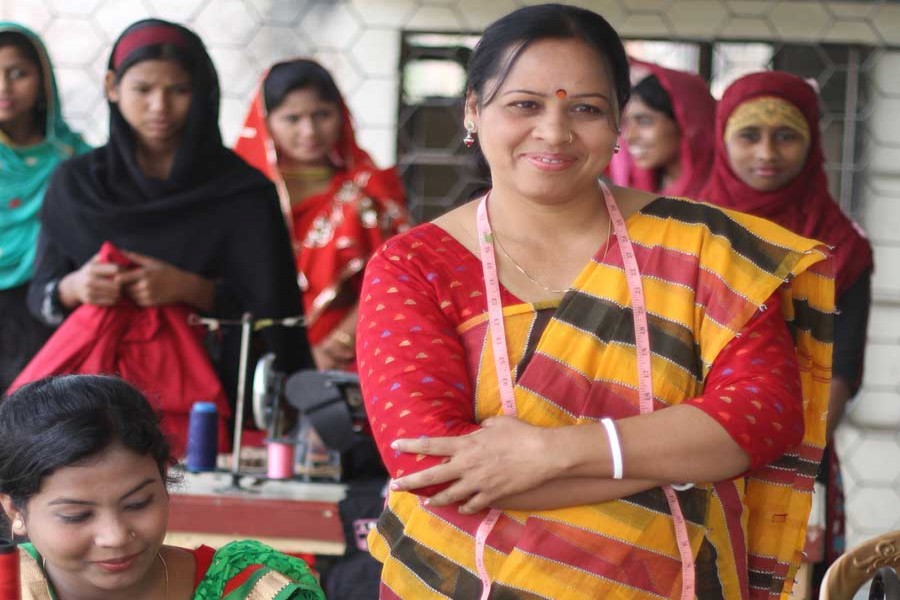The month-long international women SME expo inaugurated on Sunday last at the port city is indicative of the increasing foray in territories once considered an exclusive preserve for men. It is most relishing because women entrepreneurs from Iran, India, Indonesia, China, Thailand and Pakistan are participating in the women-all exposition. The range and scope of this jamboree can be imagined by the sheer number of stalls and pavilions - 350 and 10 respectively. As Asian nations, they have a long tradition of handicrafts -some of them unique in their own way. There is definitely a cultural conglomeration but yet the diversity is least compromised when it comes to their heritage and specialty. If the host country boasts muslin and nakshikantha and jamdani, India is famous for wood, shell, rock and dhorka handicrafts along with Kashmiri carpets; Chinese ceramics and silk works are world famous, so are the Indonesian batik and silver crafts and Pakistan boasts camel lamp and Multani pottery to give an ample demonstration of their traditional art and crafts. In a changed perspective, though, what counts more is how the nations have built on their traditional artifacts.
The host country's baton has been successfully carried by some of the non-governmental organisations (NGOs), the Bangladesh Rural Advancement Committee (BRAC) leading the pack. Until recently, the government initiative was next to nothing. But of late the government has made it a point that the artisan classes' contribution and their past glory were revived. The most outstanding feat it has aimed at achieving is the recreation of muslin - the finest cloth man has ever made and that too by no machine but by hands. One only hopes that the impetus given to this famous product of cottage industry continues to sustain in order to bring its old glory back. If muslin can be produced on a large scale, it surely stands to get a monopoly market abroad. The BRAC has shown that many of the items villagers, particularly women among them, produce have a high demand all across the globe.
An international exposition of this order where women-headed small and medium enterprises (SMEs) get the opportunity to prove their entrepreneurial skills also offers the additional space to know about each other's strength and weakness as also the scope for learning lessons to their mutual benefit. So far collaboration between and among women SME entrepreneurs from different countries is almost completely absent. This exposition, hopefully will, give at least an opportunity to a few of the participants for advancing this cause. Also, they can cooperate in marketing their products in each other's countries.
A month is a long time for exhibition of products only. The participants are expected to share their experiences at seminars and workshops. They can collectively move to further their cause by forming an advocacy team. To facilitate their business they can place before their governments a common charter of demands. Not all governments are expected to be equally supportive of women entrepreneurship. If they have a formal forum to promote women entrepreneurship in this particular sector of all the member countries, the weight thrown behind collectively may produce the desired results.


